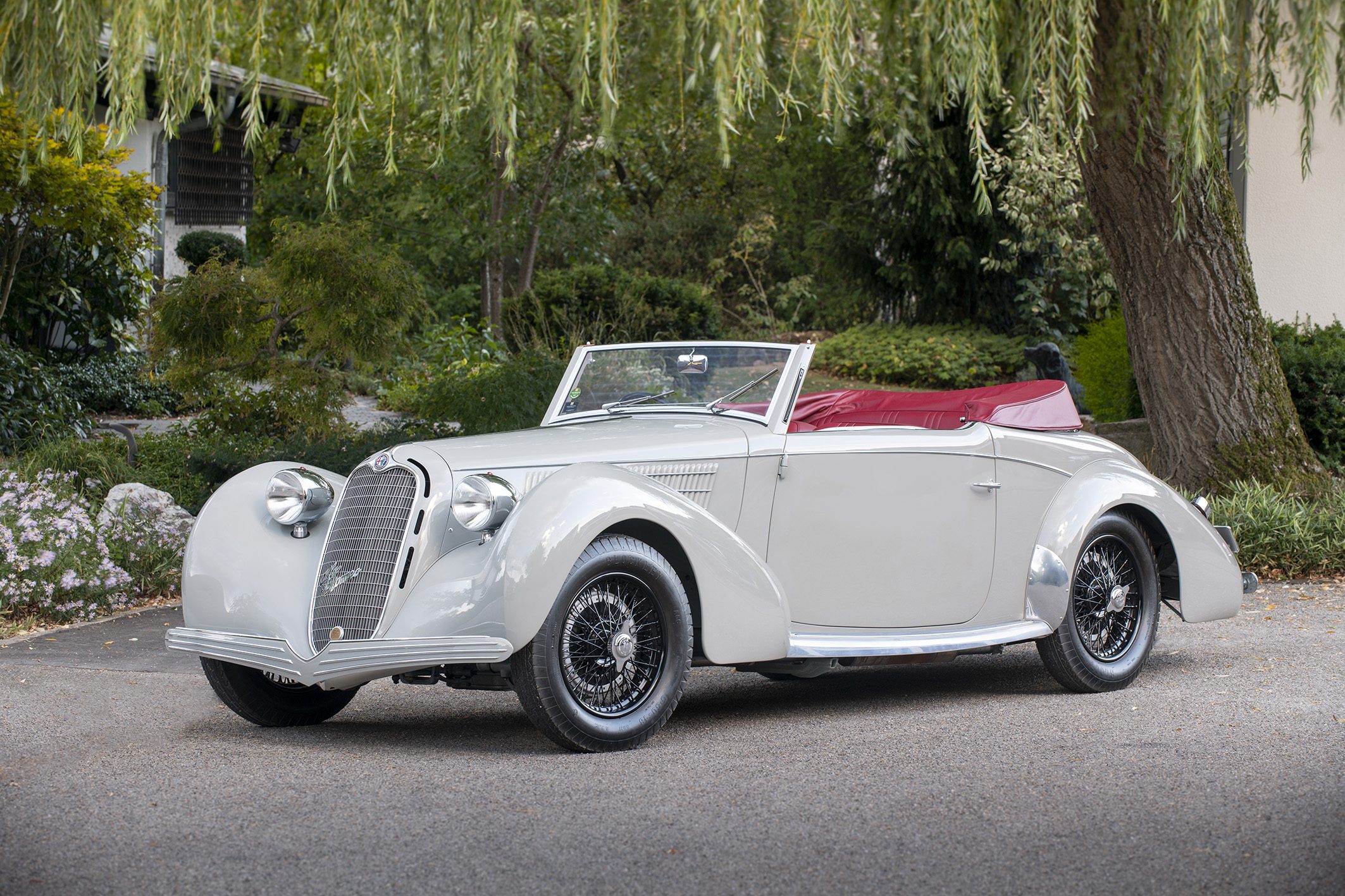Salon Privé Concours d’Elégance presented by Aviva is bringing together two Italian thoroughbreds who both have their roots from competition. The two cars definitely embody the spirit of wealthy, amateur racing drivers and owners from the pre- and post-war eras. Both cars are connected to the renowned Mille Miglia road race which ran in its original form between 1927 to 1957. Both models showcases the importance that their manufacturer attached to competition in improving the breed.
1938 Alfa Romeo 6C 2300 B Mille Miglia by Graber
Salon Privé Pre-war Open Class will have a lot of cars to showcase, but one exemplary car that will be showcased is the rare example of Alfa Romeo’s 6C 2300 B in more powerful Mille Miglia specification. Only 107 Mille Miglia examples were produced by Alfa Romeo, and chassis 815045 is now considered one of a kind. It is the sole survivor of four 6C 2300 B convertibles that was produced by Swiss coachbuilder Graber. It is also the only one to have the ‘MM’ designation against its engine number.
No Subscription? You’re missing out
Get immediate ad-free access to all our premium content.
Get Started



